The Italian director is one of the great masters of film history. An exhibition in Essen shows how he first visualized his ideas in the form of drawings.
Italian director Federico Fellini (1920-1993) became immortal with films including La Dolce Vita, La Strada and Amarcord. Beyond winning multiple Oscars, his movies remain influential today thanks to the tremendous energy, lust for life and imagination they radiate.
Beyond working own his own films, Fellini also wrote screenplays for other directors, as well as books. He was also an extremely talented draftsman.
From the idea to the finished film, drawings were an indispensable tool for Fellini. Be it sketches or detailed scenery, Fellini's drawings expressed his fantasies and helped him translate them into characters, costumes and sets — and finally to realize them.
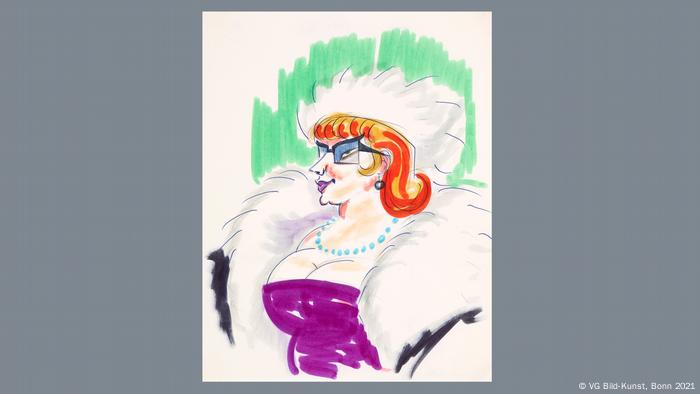
A selection of Fellini's drawings are now on show at the Folkwang Museum in Essen
Portraits for tourists and soldiers
His passion for drawing led the young Fellini to open a small portrait studio for tourists on the beach in Rimini in 1937.
In the late 1930s, he published humorous drawings and short stories in newspapers and magazines.
Toward the end of the Second World War, immediately after the capture of Rome by the Americans, Fellini and a group of friends opened a shop where US soldiers could listen to music while having him draw their portraits.
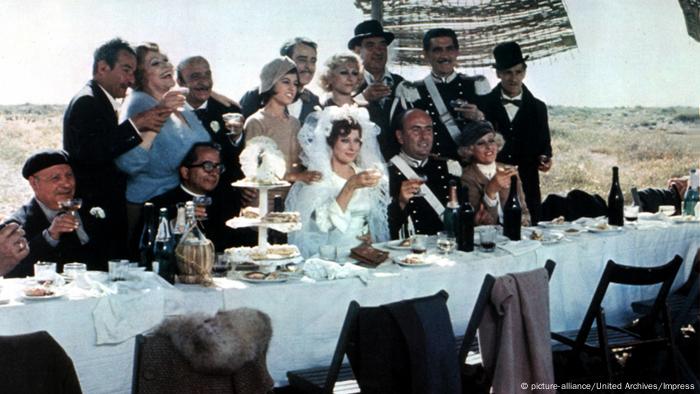
Humorous extravagance and dreamlike scenes: 'Amarcord' came out in 1973
Much later, his filmmaking career profited from his many years of experience with pen and paper. He used sketches and drawings to visualize his ideas.
"Just as the screenplay represents the verbal phase in the making of a film, I often draw sketches and characters during the preparation period because I want to capture and visually clarify a scene, a role, the costume of a particular character or a mood," Fellini said in a 1973 interview.
Drawings and film clips
For the first time in three decades, Fellini's drawings are back on display in a major exhibition at the Folkwang Museum in Essen, showing works from the early 1950s to the early 1980s.
The exhibition, titled "Federico Fellini. From Drawing to Film," focuses on his drawings for the films Amarcord, Casanova, City of Women and And the Ship Sails on.
About 200 drawings are on display, juxtaposed with film clips, excerpts from scripts and set shots. The presentation makes Fellini's creative process clear — from the first idea to the finished work.
The exhibition "Federico Fellini. From Drawing to Film" runs until February 20, 2022 at the Folkwang Museum in Essen.
-
Federico Fellini's iconic films
The Sweet Life
Born on January 20, 1920, Federico Fellini began creative life as a radio scriptwriter before his name became synonymous with a golden age of European cinema. From the poetic realism of "La Strada" to the surreal "81/2" and fantastical "Satyricon," in between Fellini broke cinematic boundaries with his portrayal of a celebrity-obsessed, hedonistic world in "La Dolce Vita." His legacy lives on.
-
Federico Fellini's iconic films
Small-town life: 'I Vitelloni'
Fellini's first major success was "I Vitelloni" (1953), a neorealist film said to have mirrored his own misspent youth in an Adriatic seaside town. As five bored young men pass time hanging out in pool halls, getting into petty theft and chasing women until one escapes this dead-end for Rome, the film embodies a lost postwar generation. "I Vitelloni" won Fellini a Silver Lion in Venice.
-
Federico Fellini's iconic films
Oscar-winning 'La Strada' (1954)
"Our dreams are our real life. My fantasies and obsessions are not only my reality, but the stuff of which my films are made," Fellini once said. The approach was exemplified in the poetic fairy tale "La Strada," with Anthony Quinn playing a strongman and street performer who takes a young girl (Giulietta Masina) on tour. The film won Fellini the inaugural Oscar for best foreign language film.
-
Federico Fellini's iconic films
Second Oscar: 'Nights of Cabiria' (1957)
The Italian picked up his second consecutive best foreign language film Oscar for "Nights of Cabiria." Also starring Fellini's wife Giulietta Masina, the film about a struggling Rome prostitute in search of stable married life has a surreal quality that would later be described as "Fellinesque": eccentric protagonists and bizarre scenes that invest personal struggles with wit, irony and humor.
-
Federico Fellini's iconic films
Film history icon: 'La Dolce Vita' (1960)
Fellini's cinematic revolution reached its crescendo three years later with "La Dolce Vita," a film that skewered the life of Rome high society in the late 1950s and particularly targeted the celebrity-obsessed tabloid press. The film won the Palme d'Or at Cannes and contains one of the most famous scenes in film history: Anita Ekberg kissing Marcello Mastroianni in the Trevi Fountain.
-
Federico Fellini's iconic films
Autobiographical: '8 1/2' (1963)
Marcello Mastroianni continued his legendary collaboration with the master filmmaker in "8 1/2," whereby he plays Fellini's alter ego, a director in crisis who embarks on a science fiction epic that is destined to fail. Also featuring another collaboration with soundtrack composer Nino Rota, the Oscar-winning surrealist film brought Fellini's first creative phase to an end.
-
Federico Fellini's iconic films
Opulent film essay: 'Fellini Satyricon' (1969)
With "Fellini Satyricon," the director entered a fantasy world marked by lavish color and luxurious staging. The episodic film is perhaps his most elaborate, spectacular and experimental work, and was inspired by Petronius' writings on ancient Rome. By appearing in the film title, Fellini's name had become a brand, the mark of a peculiar film style and language that lives on.
-
Federico Fellini's iconic films
Hometown reflections: 'Amarcord' (1973)
Fellini's "Amarcord" also belongs to the phase in which the director tells his stories with visual opulence and a lot of feeling. "Amarcord" is also a very personal film that looks back on the 1930s and Fellini's home town of Rimini. For this, it won the third Oscar in the best foreign language film category.
-
Federico Fellini's iconic films
Later work: 'City of Women' (1980)
Fellini's "City of Women" is regarded as the beginning of the director's late period. As the filmmaker hit his 60s, he was still working intensely. His stories kept becoming more intimate, dreamy and personal or autobiographical. In "City of Women," he once again sent his favorite actor Marcello Mastroianni on a journey of self-realization.
-
Federico Fellini's iconic films
Reprise: 'Ginger and Fred' (1986)
Although "Ginger and Fred" was not the master's last film — two more were to follow — it was a finale of sorts, with Fellini's wife Giulietta Masina and Marcello Mastroianni playing the lead roles for the last time, portraying a formerly successful dance couple who meet again after 30 years. It was arguably Fellini's most beautiful film from this late phase.
Author: Jochen Kürten (sb, als)
This article has been translated from German.
Article From & Read More ( Federico Fellini: The sketches behind the films - DW (English) )


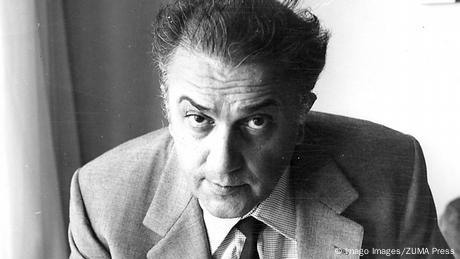
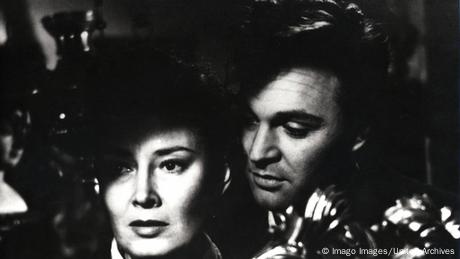
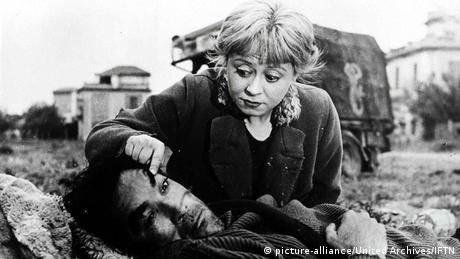
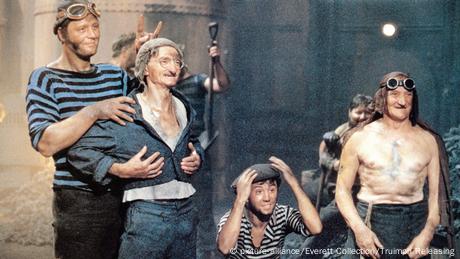
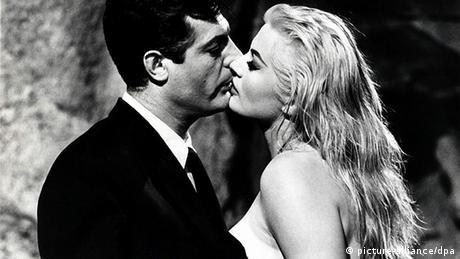
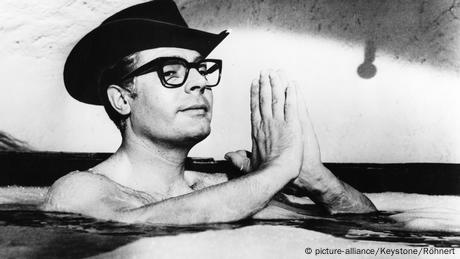
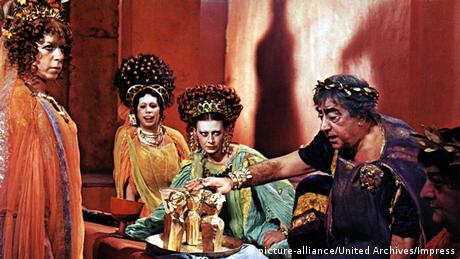
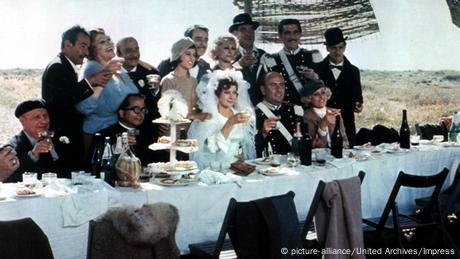
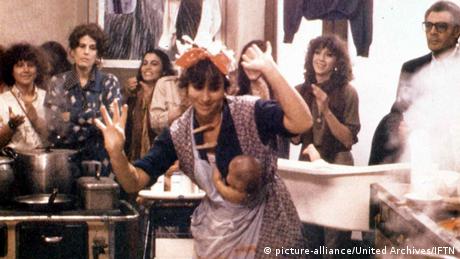
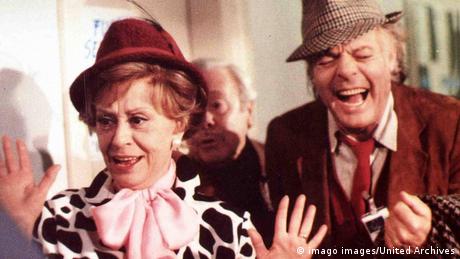














0 Response to "Federico Fellini: The sketches behind the films - DW (English)"
Post a Comment